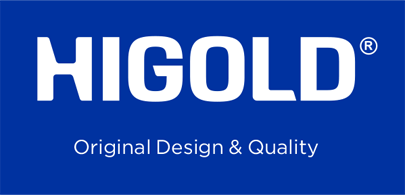The sink is not only a basic kitchen tool for washing ingredients but is also increasingly becoming a key appliance for integrating kitchen operations and improving cooking efficiency. In recent years, multifunctional kitchen sinks have attracted widespread attention due to their integrated functionality, ease of use, and efficient space utilization. So, the question is: Are multifunctional kitchen sinks good?
This article will provide a detailed analysis of their definition, features, advantages, potential issues, target audiences, and key purchasing considerations, providing you with professional advice.
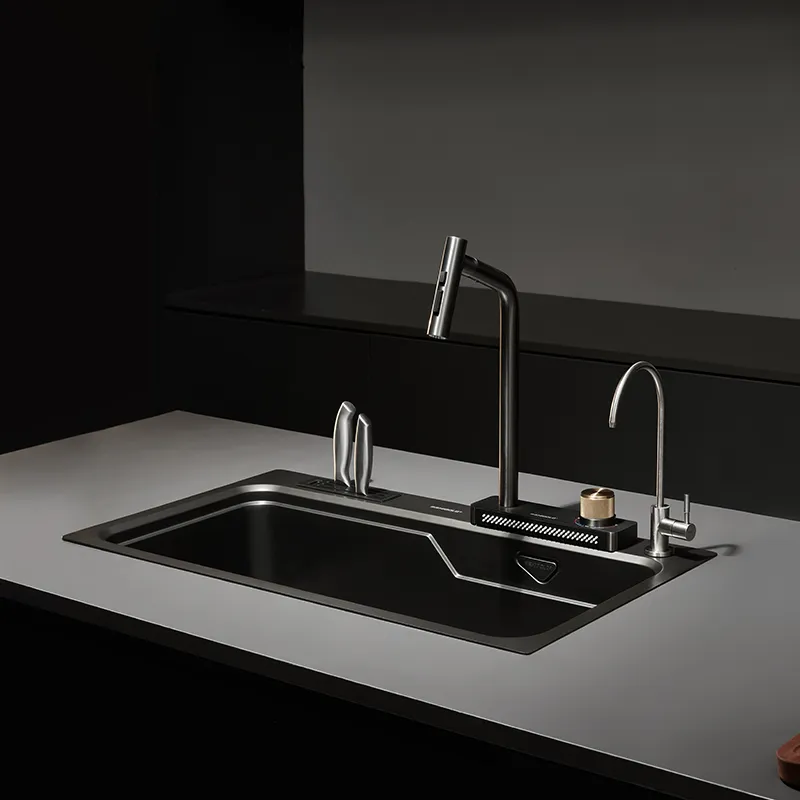
What is a multifunctional kitchen sink?
A multifunctional kitchen sink is an evolution of the traditional sink. Its core concept is "one sink for multiple uses." By adding a variety of functional accessories and a well-designed design, it allows for centralized operations such as washing, cutting, prepping, draining, and storage.
1. Basic Structure
A multifunctional kitchen sink typically consists of a main sink, auxiliary accessories, and a faucet system. The main sink is typically made of stainless steel, quartz, or a composite material, offering corrosion resistance, wear resistance, and antibacterial properties. Accessories include cutting boards, drain baskets, and racks, and are designed to be removable or sliding, allowing for flexible usage. Faucet systems may feature telescopic, spray, or hot and cold water adjustment functions to enhance the convenience of washing.
2. Extended Functionality
While traditional sinks are primarily used for washing, multifunctional kitchen sinks integrate functions such as chopping, draining, and storage into the sink area. For example, a cutting board can be placed directly on the sink to chop vegetables, and washed fruits and vegetables can be drained directly into the drain basket. Some models also feature a garbage disposal connection, water purification, or a separate sterilizing tray, further enhancing kitchen efficiency and hygiene.
3. Design Concept
The design concept of a multifunctional kitchen sink not only pursues operational efficiency but also emphasizes space optimization. Through a three-dimensional accessory layout and modular design, it maximizes the use of limited countertop space while maintaining cleanliness and user comfort.
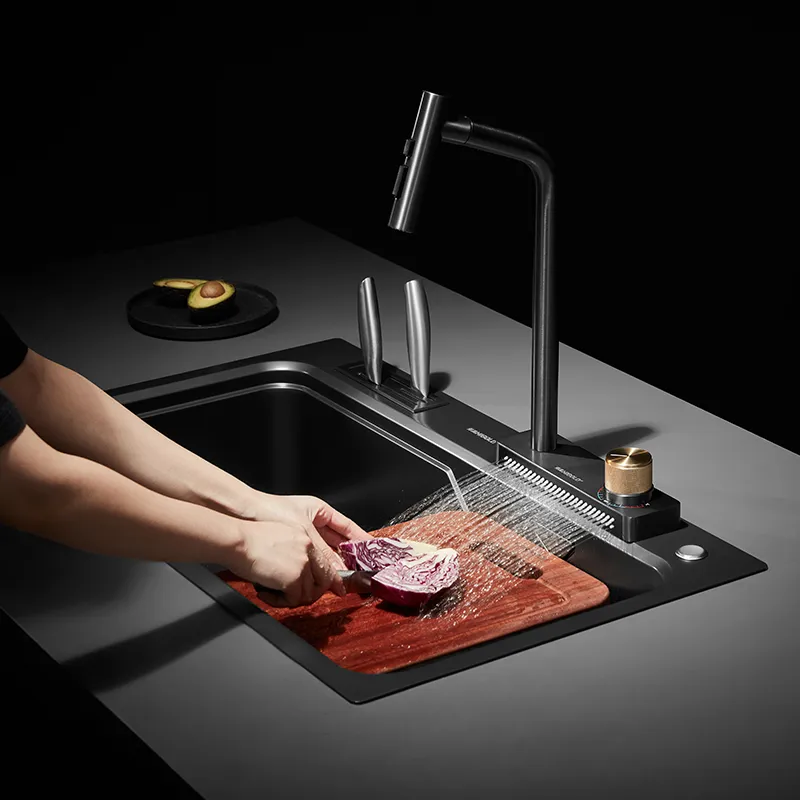
Multifunctional Kitchen Sink: Key Features
To evaluate the effectiveness of a multifunctional kitchen sink, it's important to first understand its functional features and operational advantages. The following are the most common features of a multifunctional kitchen sink:
1. Multi-Bin Design
A multifunctional sink typically includes a main basin, a secondary basin, or a separate smaller basin. Multiple sinks allow for separate washing areas for different ingredients, preventing cross-contamination. For example, raw vegetables, cooked foods, or meats can be prepared separately, saving rinsing time.
2. Integrated Cutting Surface
Many models feature a sliding or fixed cutting board that fits directly over the sink, creating a work surface. This allows users to chop, mince, and portion ingredients without taking up additional countertop space, improving kitchen efficiency.
3. Draining and Storage
The built-in drain basket and rack can be used to wash vegetables and fruits, dry dishes, and temporarily store cut ingredients. Well-designed multifunctional sinks often offer adjustable height or position to accommodate ingredients and kitchenware of varying sizes.
4. Retractable or Multi-Mode Faucets
Modern multifunctional kitchen sinks feature retractable or multi-mode faucets, allowing for easy adjustment of water flow direction and intensity, making it convenient for washing pots, utensils, and ingredients of varying shapes.
5. Material and Hygiene
High-end sinks are made of brushed stainless steel or quartz stone, which are rust-resistant, stain-resistant, and heat-resistant. Some models also feature antibacterial treatment to reduce bacterial growth, providing a safer environment for daily cooking.
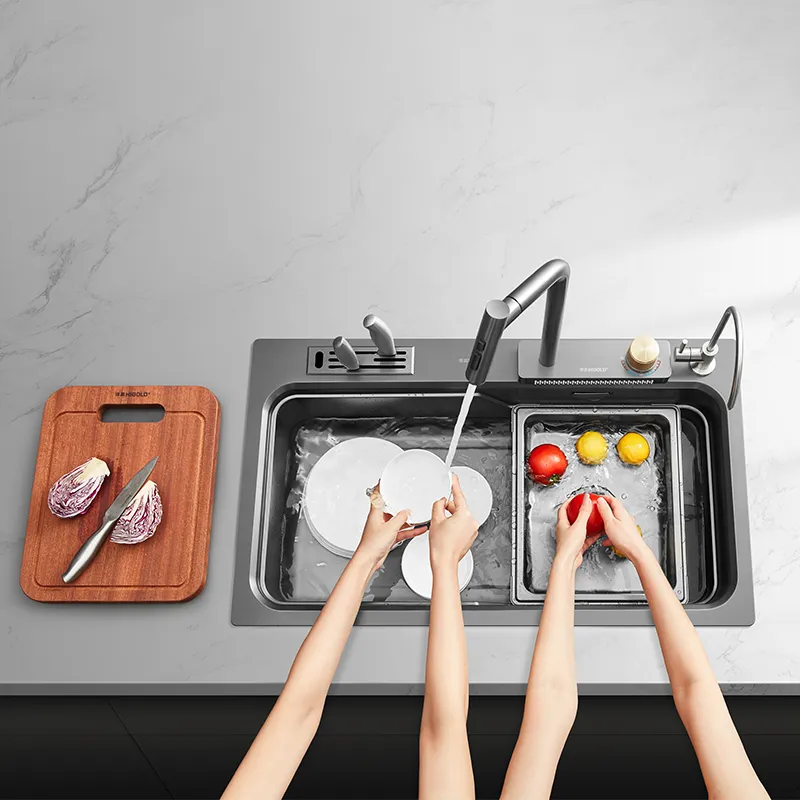
What are the advantages of a multifunctional kitchen sink?
The main reason for choosing a multifunctional kitchen sink is its significant functional advantages, which are reflected in the following aspects:
1. Improved kitchen efficiency
A multifunctional kitchen sink integrates the "wash-cut-drain" process, eliminating the need for frequent movement of ingredients and back and forth. For families who cook multiple dishes daily, this centralized operation significantly improves efficiency and saves time.
2. High space utilization
Particularly suitable for smaller kitchens, multifunctional kitchen sinks integrate accessories such as cutting boards and drain baskets, allowing for full utilization of the kitchen work area and reducing countertop space.
3. Versatile
A multifunctional sink can replace multiple tools, including cutting boards, drain baskets, and storage racks, reducing kitchen clutter and keeping it tidy. Its adjustable or removable design provides greater flexibility to accommodate diverse cooking needs.
4. Durable and easy-to-clean materials
Stainless steel or quartz stone are not only beautiful, but also heat-resistant, corrosion-resistant, and easy to clean. Removable accessories facilitate daily cleaning and reduce the risk of water accumulation and bacterial growth.
5. Aesthetics and Overall Coordination
Modern multifunctional kitchen sink designs focus on coordinating with the overall kitchen style. Their simple and elegant appearance is both practical and enhances the overall aesthetic of the kitchen.
What are the disadvantages of multifunctional kitchen sinks?
Although multifunctional kitchen sinks offer a wealth of functions, there are still some considerations in actual use:
1. Higher Cost
The multifunctional design and high-end materials make them significantly more expensive than traditional sinks. Families on a budget need to weigh the cost-effectiveness.
2. Complex Accessory Maintenance
Multifunctional sinks have numerous accessories and complex structures. Over time, cutting boards, drain baskets, and other items may wear out or become damaged, requiring regular replacement.
3. Increased Cleaning Difficulty
Although the materials are easy to clean, the accessories and multiple-slot design create gaps, requiring more careful cleaning, which can easily lead to water accumulation and bacterial growth.
4. Size Issues
Multifunctional sinks are typically larger than traditional sinks, requiring a certain amount of cabinet space. If your kitchen is compact, it's important to measure the dimensions in advance to avoid compromising space after installation.
5. Operating Habits
Although centralized operation is efficient, it may take some time to adjust to, and may even feel inflexible, for some people accustomed to compartmentalized operations.
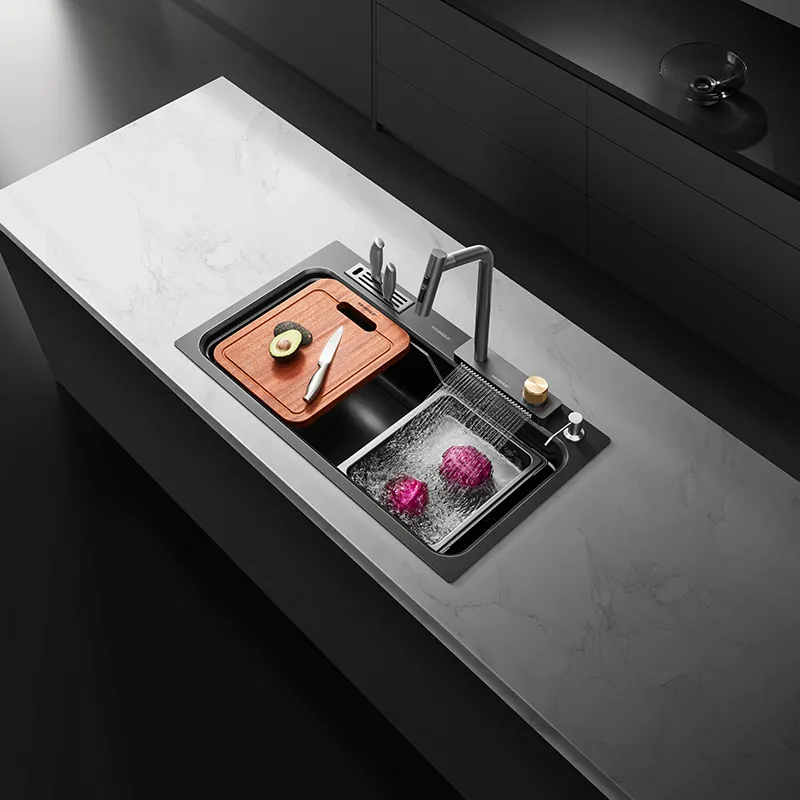
Who is a multifunctional kitchen sink suitable for?
Based on functional features and potential issues, multifunctional kitchen sinks are more suitable for the following users:
1. Small households
Countertop and workspace are limited; a multifunctional sink maximizes space utilization.
2. Frequent cooks
Frequent cooking requires efficient, centralized operation, which improves overall kitchen efficiency.
3. Those who pursue cleanliness and quality of life
They have high requirements for kitchen cleanliness and ease of use. A multifunctional sink can reduce countertop clutter and enhance the cooking experience.
4. Those who prefer multifunctional all-in-one operation
They want a single device for multiple uses, centralizing tasks like chopping, washing, and draining in one area to reduce kitchen complexity.
How do you choose a multifunctional kitchen sink?
When choosing a multifunctional kitchen sink, consider the material, size, functional accessories, installation, and after-sales service:
1. Material Selection
Stainless steel is the most common choice due to its durability, corrosion resistance, and affordability. Quartz sinks offer a high-quality feel and strong stain resistance, but are heavier. Engineered stone offers a wide range of finishes but is less scratch-resistant.
2. Size and Layout
Multifunctional sinks are larger than traditional sinks, so consider the size of your kitchen cabinets and countertop space to ensure comfortable operation without taking up too much space.
3. Practicality of Functional Accessories
More accessories aren't necessarily better; choose according to your cooking habits. For example, frequently used accessories like cutting boards, drain baskets, and telescopic faucets should be prioritized. Complex features that are rarely used can increase the cleaning and maintenance burden.
4. Installation and Maintenance
The sink must be securely installed to ensure it is waterproof and leak-proof. Accessories that are easily removable can reduce cleaning difficulties.
5. Brand and After-Sales Service
Choose a reputable brand (e.g., Higold) with comprehensive after-sales service to ensure prompt resolution of component damage or sink issues, reducing overall costs.
Multifunctional Kitchen Sink: Comprehensive Review
So, how good is a multifunctional kitchen sink? Overall:
• For small households that cook frequently and value efficiency and cleanliness, a multifunctional kitchen sink can significantly enhance the kitchen experience and is a very practical choice.
• For households that cook infrequently, have a limited budget, or prefer traditional kitchen sinks, a standard sink will suffice.
In other words, the quality of a multifunctional kitchen sink depends on the user's lifestyle, kitchen layout, and budget. While its advantages lie in efficiency, convenience, and cleanliness, it also carries the challenges of high price, complex cleaning, and high maintenance requirements for its components.
What raw materials are used in Higold kitchen sinks?
Higold uses premium SUS304 stainless steel to manufacture durable, rust-resistant, and easy-to-clean sinks. Our advanced PVD coating ensures a modern appearance with long-lasting quality. Customers who buy directly from our factory enjoy wholesale prices, discount promotions, and guaranteed authenticity from one of China’s top kitchen sink manufacturers.
